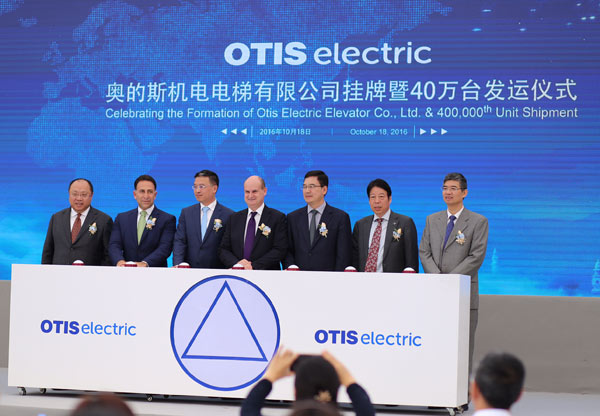Let’s be clear: the chatter you’ve been hearing about changes at Otis Electric is largely noise. Today, Otis directly addressed the swirling rumors with a firm declaration – Otis Electric isn’t going anywhere, and its market position is secure.

Photo source:www.chinadaily.com.cn
Otis China kicked off a strategic shift earlier this year, consolidating management under a single team for both the Otis and Otis Electric brands. This isn’t a dismantling; it’s a streamlining of operations for greater efficiency and better responsiveness to diverse market demands. They’re leveraging the strengths of both brands, not sacrificing one for the other.
But here’s the kicker: this operational change does not equate to a weakening of Otis Electric. They’ve explicitly stated the brand will maintain its independent market presence, brand strategy, and – crucially – its product and service offerings.
And a warning shot to anyone spreading misinformation: Otis is prepared to legally defend its brand and protect its partners.
Digging Deeper: Understanding Brand Architecture & Operational Efficiency
Brand architecture is a crucial area of strategic management. Companies often employ dual-brand strategies to cater to different market segments or price points.
Operational efficiency, in this case, stems from centralized management. Sharing resources reduces costs and allows for quicker decision-making.
This move by Otis exemplifies a common business tactic: maximizing synergy without diluting brand identity. It’s about doing more with what you have, not less.
The key takeaway here? Don’t fall for the rumors. Otis is strategically positioning itself for the future, and Otis Electric is a vital component of that plan. This is a power play to optimize for growth, not contraction. Pay attention; this is how established players adapt and retain their edge.






